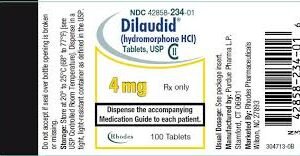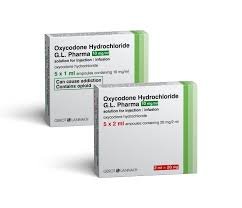Description
Lidocan VI: Overview and Uses
Lidocan VI is a medication that combines Lidocaine with another ingredient, typically use in certain medical conditions where pain management and local anesthesia are require.
Common Uses of Lidocan VI
- Pain Relief:
- Lidocan VI is use primarily for its local anesthetic properties. It is commonly apply in medical settings to provide pain relief during surgical procedures, dental treatments, or other minor medical interventions. By numbing the target area, it allows procedures to be conduct with minimal discomfort for the patient.
- Treatment for Postoperative Pain:
- Following surgeries, Lidocan VI can be administer to help manage postoperative pain. Its ability to block nerve signals ensures that the patient experiences less pain as they recover from the procedure.
- Management of Nerve Pain:
- Lidocan VI may also be use to treat nerve pain, including pain caused by conditions such as shingles (postherpetic neuralgia). Nerve pain can be especially difficult to treat, and Lidocan VI provides target relief.
- Topical Application for Dermatological Conditions:
- The formulation may be use to treat various skin conditions, where it is apply directly to the skin. It helps alleviate pain associated with abrasions, minor burns, or insect bites.
- Antiarrhythmic Uses:
- In some formulations, lidocaine is use to treat irregular heart rhythms (arrhythmias). This action helps stabilize the heart’s electrical activity. In specific settings, Lidocan VI could be use in emergency cases, such as arrhythmias during surgeries or cardiac procedures.
Mechanism of Action
- Lidocaine’s Mechanism:
- Lidocaine works by blocking sodium channels in nerve cells. This prevents the influx of sodium ions that would otherwise trigger the transmission of electrical signals along the nerves. As a result, the affected area becomes numb or anesthetized, and pain signals are blocked from reaching the brain.
- When use as an antiarrhythmic, lidocaine affects the sodium channels in the heart muscle, stabilizing the electrical impulses and preventing abnormal heart rhythms.
- The Role of the Other Ingredient:
- While the exact role of the second ingredient in Lidocan VI can vary, it is often included to either enhance the effectiveness of lidocaine or serve another purpose (such as acting as a vasoconstrictor or to increase the duration of the anesthetic effect). The exact details should be clarified by referring to the product’s specific formulation.
Side Effects and Precautions
Like any medication, Lidocan VI comes with potential side effects. These effects can vary depending on the individual and the method of administration (topical, injection, etc.).
- Common Side Effects:
- Nausea or vomiting
- Dizziness or lightheadedness
- Drowsiness or feeling weak
- Redness, swelling, or irritation at the site of application (if topical)
- Serious Side Effects:
- Allergic reactions such as skin rashes, itching, or more severe reactions like difficulty breathing.
- Cardiac issues: Though rare, some individuals may experience heart palpitations or irregular heart rhythms, especially if used in high doses or in those with underlying heart conditions.
- Severe skin reactions: In rare cases, particularly when used topically, severe skin irritation, blistering, or redness may occur.
- CNS effects: If too much lidocaine is absorb into the bloodstream, it can cause seizures, confusion, tremors, or other central nervous system symptoms.
- Precautions:
- Allergies: People who are allergic to lidocaine or similar anesthetics should avoid using Lidocan VI.
- Heart Conditions: Those with heart disease, particularly arrhythmias or a history of heart failure, should use Lidocan VI with caution, as lidocaine can affect the heart’s electrical impulses.
- Pregnancy and Breastfeeding: As lidocaine can cross the placenta and is excreted in breast milk, it should only be used in pregnancy or breastfeeding under medical advice.
- Interactions with Other Medications:
- Antiarrhythmic drugs, beta-blockers, or CNS depressants may interact with Lidocan VI, leading to an increased risk of side effects like heart issues or excessive sedation.
Conclusion
Lidocan VI is a versatile medication used for pain management, local anesthesia, and in some cases, for treating arrhythmias. By combining lidocaine with other active ingredients, it provides effective relief for a range of medical conditions, from minor surgeries to nerve pain






Reviews
There are no reviews yet.